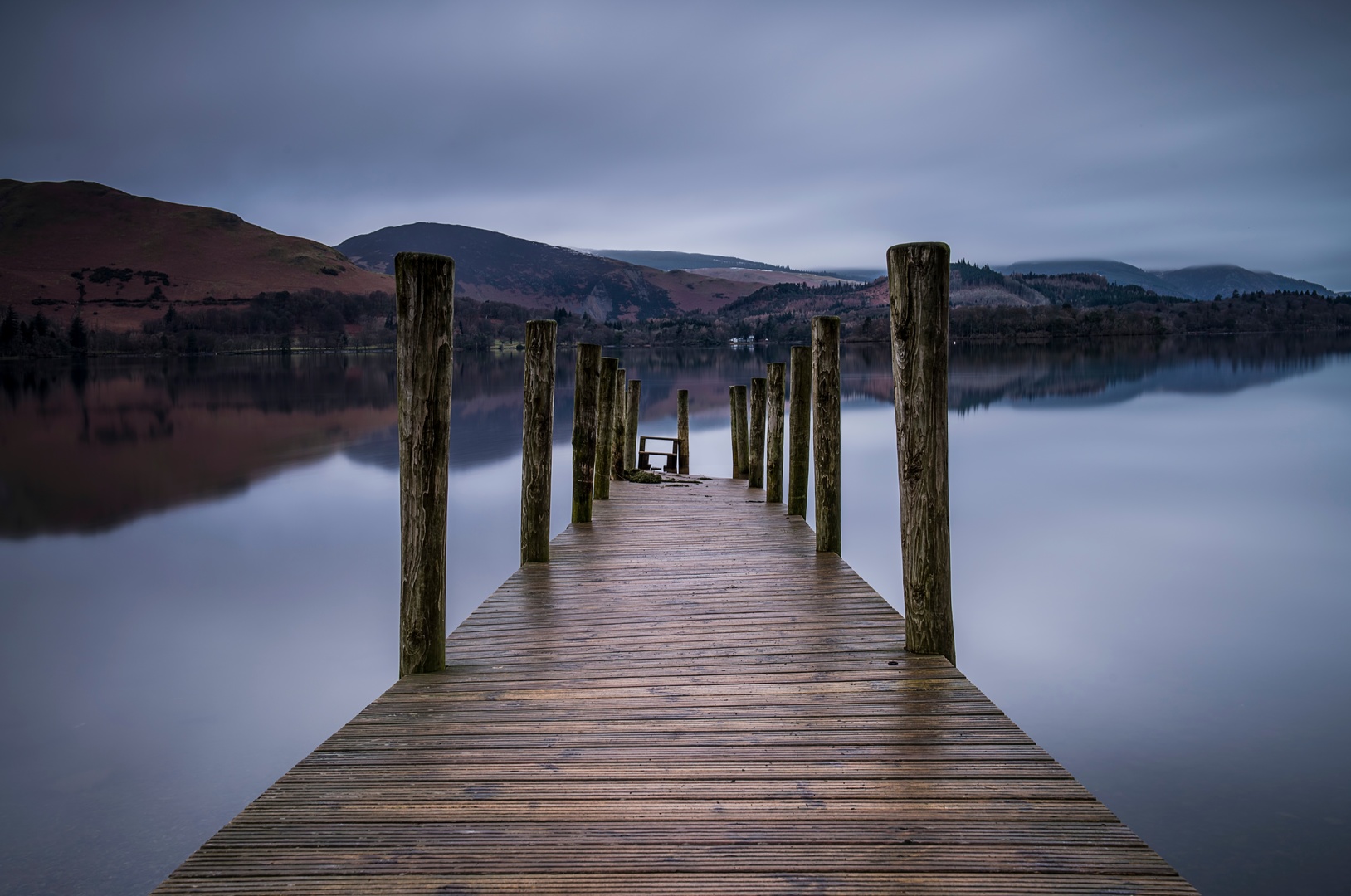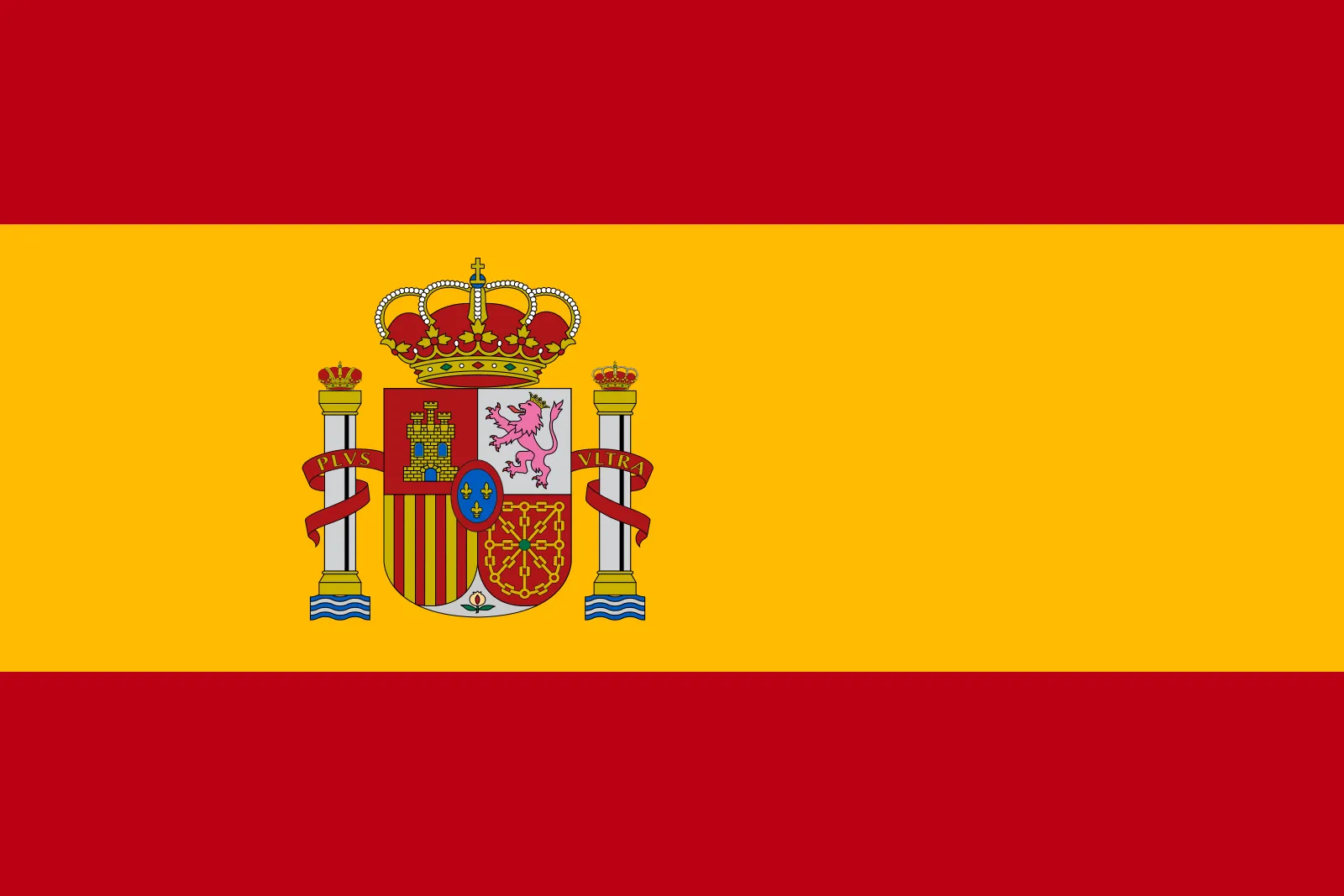Group trip to Rajasthan with Varanasi in February
Arrival date
30/01/2026
Departure date
15/02/2026
Group trip to Rajasthan with Varanasi in February
Group trip to Rajasthan in India
Group Tours/Fixed Departures with Half Board
Minimum 4 people
Double Room – 1558 EUR/Person
Single Room – 2246 EUR/Person
Itinerary
Delhi-Mandawa-Deshnok-Bikaner-Jaisalmer-Ramdevra-Jodhpur-Ranakpur-Udaipur-Chittorgarh-Pushkar-Jaipur-Abhaneri-Fatehpursikri-Agra-Varanasi-Delhi
Day 1: Friday, January 30, 2026
Arrival in Delhi
Arrival at New Delhi International Airport.
After completing immigration procedures and collecting your luggage, a representative will be waiting for you outside the terminal.
Check-in is at 2:00 PM / Check-out is at 12:00 PM.
Delhi’s Jama Masjid is one of India’s largest mosques, built in the 17th century by Emperor Shah Jahan. With its majestic domes and vast courtyard, it offers spectacular views of the old city.
Pedal Rickshaw Ride in Old Delhi: The distinctive atmosphere of Delhi’s markets can best be savoured in Chandni Chowk and in general in the narrow streets that teem at all hours with vendors and goods of all kinds.
Red Fort (Photo Stop): – The Red Fort is one of the works commissioned by the Mughal Emperor Shah Jahan in the 17th century. Its construction took about 9 years and cost 10 million rupees.
Raj Ghat: Raj Ghat Memorial Monument commemorates the cremation site of Mahatma Gandhi, the man known as the Father of the Nation and a symbol of world pacifism.
Laxmi Narayan Temple: – Lord Narayan is with his consort, Goddess Laxmi (the goddess of prosperity), hence the name of the temple.
India Gate: – In the center of New Delhi stands the 42-meter-high India Gate, a triumphal arch in the center of an intersection. Similar in appearance to its French counterpart, it commemorates the 70,000 Indian soldiers who lost their lives fighting for the British Army during World War I.
President’s House – (photo stop) old and new Parliament Palace (photo stop).
Gurudwara Bangla Sahib: – is one of the most important Sikh gurdwaras, or Sikh places of worship, associated with the eighth Guru, Guru HarKrishan, and is also known for the pool within its complex, known as “Sarovar”.
Overnight in Delhi.
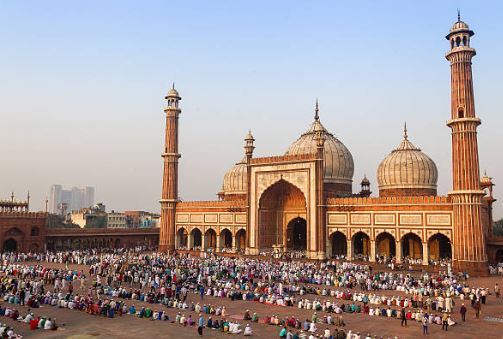
Day 2: Saturday, January 31, 2026
Delhi-Mandawa (243 km, 6 hours)
After breakfast, depart for Mandawa.
Visit a small town called Mandawa , famous for its painted havelis (palaces), located in the heart of the Shekhawati region of Rajasthan. Known throughout the state for its painted havelis, it is also called the “Open-Air Gallery of Rajasthan.” Its havelis still showcase the opulence of the 19th-century Marwari era.
Overnight in Mandawa.
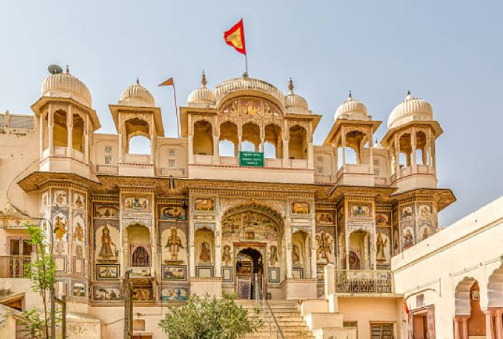
Day 3: Sunday, February 1, 2026
Mandawa-Deshnok-Bikaner (192 km, 3:30 hours)
After breakfast, depart for Bikaner.
Along the way we visit the Rat Temple (Karni Mata – Those who wish can choose not to enter). The temple is famous for the approximately 20,000 black rats that live and are worshipped in the temple.
Arrival in Bikaner , in the afternoon visit to Junagarh Fort and tuk tuk ride.
Junagarh Fort – The fort was built under the supervision of Karan Chand, Prime Minister of Raja Rai Singh, the sixth ruler of Bikaner, who reigned from 1571 to 1611 AD. Construction of the associated walls and moat began in 1589 and was completed in 1594.
Tuk Tuk Tour – Bikaner’s Old City area is comprised of traditional neighborhoods, with narrow alleys, historic homes, residential areas, and colorful bazaars. On this tour, we’ll explore the vibrant street culture and lavish mansions (havelis) of the old city by autorickshaw (tuk tuk) and on foot.
Overnight stay in Bikaner.
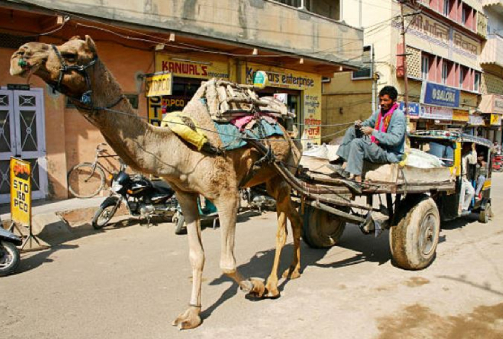
Day 4: Monday, February 2, 2026
Bikaner-Ramdevra-Jaisalmer (250 KM, 5 Ore)
After breakfast, depart for Jaisalmer with sightseeing en route.
Ramdevra Temple – A small town in Jaisalmer, the most popular destination in Ramdevra is the renowned Ramdevra Temple. The temple is the final resting place of Baba Ramdevji, a 14th-century saint considered by Hindus to be an incarnation of Lord Krishna.
Bhaderiya Temple and Library – This treasure trove of knowledge is among the largest libraries in Asia, with a collection of approximately 900,000 books and seating for 4,000 people. It’s also 16 feet underground. However, its location helps keep it cool even during scorching summers.
Arrival in Jaisalmer
Visit Bada Bagh – About 6 kilometers north of Jaisalmer is Bada Bagh, also called Barabagh (literally, Great Garden). This garden complex houses chhatris, or royal cenotaphs, of the maharajas of Jaisalmer state, including that of Jai Singh II. The garden’s location offers tourists wonderful sunset views.
Overnight in Jaisalmer.
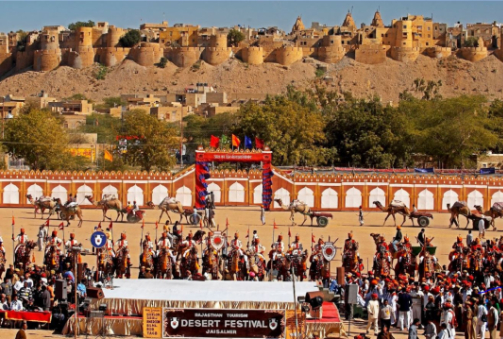
Day 5: Tuesday, February 3, 2026
Jaisalmer
After breakfast the day begins with a visit to
Gadisar Lake – It was built by Maharawal Gadsi in the 14th century and was the main source of drinking water for the city of Jaisalmer.
Sónar Fort – With its golden walls rising from the edge of the desert, in Jaisalmer you’ll see splendid mansions or havelis with balconies and windows covered with finely carved screens.
Historical Walk – Walk through the old houses and local market where you can witness the local culture of the place and then visit Patwon Ki Haveli , with its unique architecture and design, is one of the most important Haveli in Jaisalmer and Rajasthan.
Return to the hotel to rest and then depart for the Thar Desert for a camel/Jeep ride.
Camel/Jeep Ride – A camel ride in the Thar Desert is the best way to enjoy the beauty of a desert safari in Jaisalmer, the Golden City. From walking across the sand dunes to seeing traditionally decorated camels, you’ll experience the thrill of a camel ride.
Overnight in Jaisalmer.
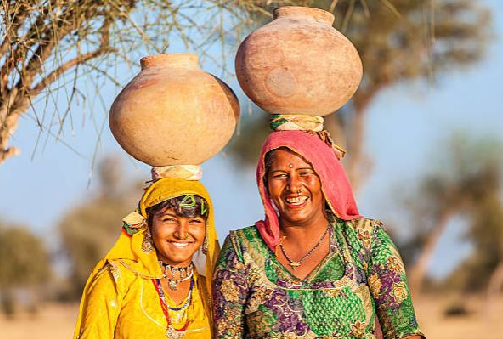
Day 6: Wednesday, February 4, 2026
Jaisalmer-Jodhpur (286 KM, 5 hours and 30 minutes)
After breakfast, depart for Jodhpur.
Upon arrival in Jodhpur, visit Mehrangarh Fort, Jodhpur’s main attraction. Mehrangarh holds unique significance as a repository of the artistic and cultural history of the vast regions of central Rajasthan and Marwar.
Jaswant Thada: A beautiful marble monument often described as the ‘Taj Mahal of Marwar’ was built in memory of Maharaja Jaswant Singhji of Jodhpur (1873-1895) by his son Maharaja Sardar Singhji (1895-1911) completed in 1906 AD.
Old City of Jodhpur and Market – The old city of Jodhpur, founded by Rao Jodhaji in 1459 AD, is surrounded by a 10-kilometer wall containing eight gates that serve as entrances. The new city, built around this wall, is an exquisite combination of modern and traditional buildings.
Jodhpur’s local market near the clock tower is famous for its spices, perfumes, handicrafts, footwear, spices, and traditional clothing for men and women.
Overnight in Jodhpur.
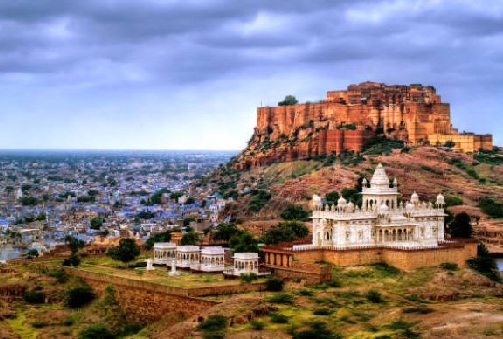
Day 7: Thursday, February 5, 2026
Jodhpur-Ranakpur-Udaipur (259 km, 5 hours)
After breakfast
Enjoy Safari in Bishnoi Village
The Bishnoi village in Jodhpur, Rajasthan, is a scenic beauty characterized by Khejri trees and deer. The village also features Guda Bishnoi Lake. Anyone interested in wildlife and exotic nature should definitely visit this village.
The Bishnois and Opium: Although it is now illegal in India and prohibited by the 29 princes of the Bishnois, the sect still uses it and has received special permission from the Indian government to use opium for “religious” purposes.
Departure for Udaipur
Along the way, visit the Ranakpur Jain Temple – The Ranakpur temples are acclaimed worldwide for their intricate and superb architectural style. These temples form one of the five major Jain pilgrimages.
Transfer to hotel upon arrival in Udaipur.
Overnight in Udaipur.
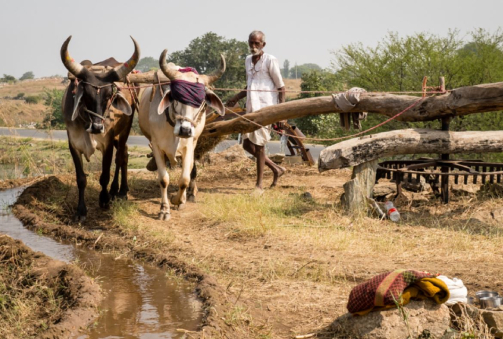
Day 8: Friday, February 6, 2026
Udaipur
After breakfast visit to Udaipur
No city in Rajasthan is as romantic as Udaipur. This picturesque city sits on the shores of Lake Pichola. Udaipur is the city of lakes, surrounded by natural and artificial lakes, both soothing and crystal clear.
Visit the City Palace – The largest palace complex in Rajasthan, it sits on the eastern shore of the serene Lake Pichola. Built of marble and granite in 1725 by Maharana Udai Singh, it is a perfect blend of medieval Indo-European architecture. You will be amazed by the small luxuries of its courtyards, stacked walls, terraces, walkways, and lush gardens.
Jagadish Temple – Next to the City Palace, it houses a black stone image of Lord Vishnu and his vehicle, a mighty bird called Garuda, in a bronze image. The temple is a fine example of Indo-Aryan art. A majestic garden located on one of the banks of Lake Fateh Sagar,
Saheliyon-ki-Bari – Featuring manicured lawns, shaded avenues, and impressive fountains, it’s one of Udaipur’s best places to relax. Afterward, enjoy a boat ride on Lake Pichola (depending on the water level).
Lake Pichola – The beautiful expanse of water surrounding the two magnificent structures of Jag Niwas and Jag Mandir is the lifeblood of the city of Udaipur.
Overnight in Udaipur.
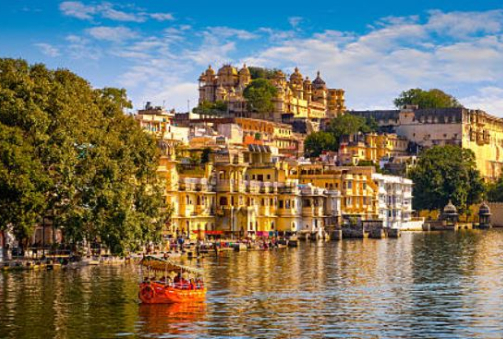
Day 9: Saturday, February 7, 2026
Udaipur-Chittorgarh-Pushkar (324 Km, 6 Ore)
After breakfast, depart for Pushkar.
En route visit the world famous city of Chittorgarh.
Visit to Vijay Stambha:- The Jaya Stambha or Victory Tower, located in Chittor Fort, was erected by Rana Kumbha (reigned 1433–1468) in 1448 to commemorate his victory over the Muslim ruler of Delhi.
Chittorgarh Fort: – The Vijaya Stambha (Tower of Victory) or Jaya Stambha, called the symbol of Chittorgarh and a particularly bold expression of triumph, was erected by Rana Kumbha between 1458 and 1468 to commemorate his victory over Mahmud Shah El Khalji, the Sultan of Malwa, in 1440 AD.
Rana Kumbha’s Palace: – It is one of the main attractions located inside the Chittorgarh Fort near the Vijaya Stambha. The palace was originally built by Bappa Rawal in 734 AD and later rebuilt by Maharana Kumbha.
Rana Ratan Singh’s Palace: – Located along Ratneshwar Talab, this palace is one of the best places to visit in Chittorgarh. Ratan Singh’s Palace is attributed to Rana Ratan Singh II (1528–31 AD). It has a rectangular plan and is surrounded by a high wall.
Kirti Stambha: – The 22 metres (72 ft) tower was built by a Jain merchant Jeeja Bhagerwala during the reign of Rawal Kumar Singh between 1179 and 1191 AD.
Upon arrival in Pushkar, transfer to hotel.
Overnight in Pushkar.
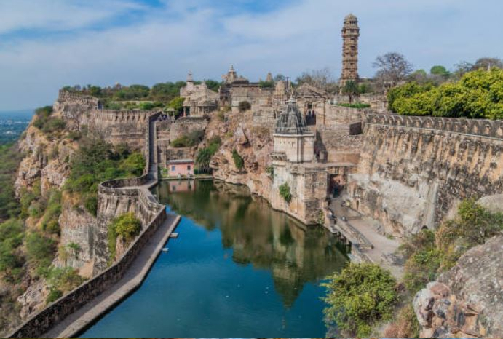
Day 10: Sunday, February 8, 2026
Pushkar-Jaipur (148 KM, 2 hours and 57 minutes)
After breakfast, start the day with a visit to Pushkar.
Pushkar is a city overlooking the Thar Desert in the northeastern Indian state of Rajasthan. It sits on Pushkar Lake, a sacred Hindu site with 52 ghats (stone steps) where pilgrims bathe.
The Brahma Temple: – The structure dates back to the 14th century. It is said that the temple was built by the sage Vishwamitra after the yagna (ritual) of Brahma. It is also believed that Brahma himself chose the site for his temple.
Pushkar Lake: – It is a sacred lake for Hindus. Hindu scriptures describe it as ‘Tirtha-Guru’, the perceiver of pilgrimage sites associated with a body of water, and link it to the mythology of the creator god Brahma, whose most important temple is located in Pushkar.
Departure for Jaipur.
Upon arrival, experience gem-cutting – Watch artisans cut, polish, and set gemstones such as emeralds, rubies, sapphires, and diamonds. Each piece is crafted using traditional techniques passed down through generations, keeping Rajasthan’s royal heritage alive.
The Ancient Art of Hand Printing – Block printing is one of Rajasthan’s most iconic textile arts, and Jaipur is its beating heart. This artisanal technique, passed down for centuries, uses hand-carved wooden blocks to create unique designs on cotton and silk fabrics.
Birla Mandir: Birla Temple, Jaipur. At the foot of the Moti Dungri Fort lies the Birla Temple. This temple is one of Jaipur’s top attractions. The Birla Temple in Jaipur is impressive, especially when lit up at night.
Overnight in Jaipur.
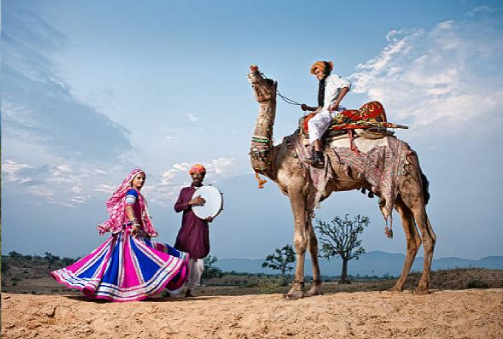
Day 11: Monday, February 9, 2026
Jaipur
After breakfast the day begins.
AmerFort: – Amer is a city with an area of 4 square kilometers (1.5 sq mi) located 11 kilometers (6.8 mi) from Jaipur, the capital of Rajasthan. Situated atop a hill, it is the main tourist attraction in the Jaipur area.
Jal Mahal (Photo Stop): – Jal Mahal is a work of art located in the middle of Man Sagar Lake, the palace will give you the illusion of almost floating on the surface of the lake and at that moment the view will leave you breathless.
City Palace: – Jaipur, which includes the Chandra Mahal and Mubarak Mahal palaces and other buildings, was the seat of the Maharaja of Jaipur, the head of the Kachwaha Rajput clan. The Chandra Mahal palace now houses a museum, but most of it remains a royal residence.
Jantar Manta r :- is an equinoctial sundial, consisting of a gigantic triangular gnomon with the hypotenuse parallel to the Earth’s axis. On either side of the gnomon is a quadrant of a circle, parallel to the plane of the equator.
Hawa Mahal (Photo Stop): – Hawa Mahal “Palace of the Winds” was essentially a high partition wall built so that the women of the royal family could observe street festivals.
Galtaji Temple: – The temple is also known as the Monkey Temple, due to its numerous monkeys. Dedicated to Lord Hanumana, the temple was founded in the 16th century by Diwan Rao Kriparam, advisor to King Sawai Jai Singh II.
Overnight in Jaipur.
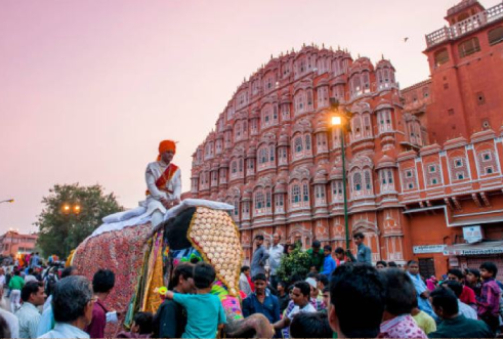
Day 12: Tuesday, February 10, 2026
Jaipur-Abhaneri-Fatehpur Sikri-Agra (241 km 4 hours 30 minutes)
After breakfast, departure for Agra.
Along the way, we will visit the famous Chand Baori well located in the small village of Abhaneri.
Abhaneri is famous for its bhaori, wells dug by residents to collect rainwater. Depending on the time of year, these structures are used as places to cool off or as water reservoirs. Chand Baori is the most popular well in the region and is one of the deepest and largest in India.
Fatehpur Sikri – Built by the Mughal emperor Akbar in the mid-16th century, Fatehpur Sikri (or City of Victory) served as the capital of his empire for 15 years. Built in the Indo-Islamic style, Sikri is a red sandstone complex filled with palaces, mosques, temples, and other structures.
Overnight in Agra.

Day 13: Wednesday, February 11, 2026
Agra
After breakfast the day begins.
Taj Mahal: – It is one of the Seven Wonders of the World and a must-see in India. It is a living example of the romantic life of Shah Jahan and his beautiful wife Mumtaz Mahal. Construction of this splendid monument was completed in 1653 AD. The Mughal king Shah Jahan built it as a final resting place for Queen Mumtaz.
Marble Craftsmanship – Agra marble is world-renowned for its exquisite craftsmanship, characterized by intricate gemstone inlays and floral motifs. Inspired by the magnificence of the Taj Mahal, each piece showcases the elegance and mastery of Mughal art, making it a precious souvenir of India.
Agra Fort: – Agra Fort located on the steep banks of the Yamuna River, this moon-shaped fort was commissioned by Akbar, one of the greatest Mughal emperors, in 1565. Surrounded by mighty walls, the complex has numerous palaces, gardens, halls and other structures of historical sites within the fort.
Itimad ud Daula: Built by Nur Jahan in memory of his father Ghias-ud-Din Beg, who was given the title ‘Itimad-ud-Daulah’, meaning ‘Pillar of Government’. It is the first tomb to be built in white marble rather than red sandstone. It marks a departure from the red sandstone buildings of Mughal architecture.
Mehtab Bagh: This splendid garden is located on the western bank of the Yamuna River and is perfectly aligned with the gardens of the Taj Mahal across the river. Spread over 300 square meters, Mehtab Bagh has been the site of several intriguing excavations.
Overnight in Agra.
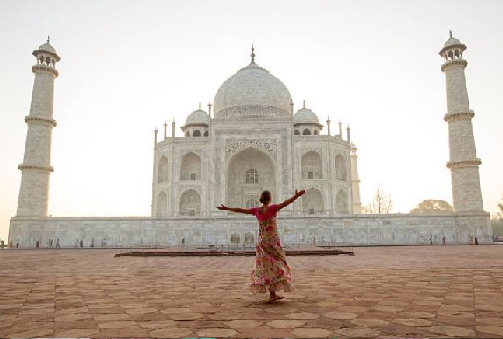
Day 14: Thursday, February 12, 2026
Agra-Varanasi (By train about 7 hours)
Departure for Varanasi.
Transfer to Agra train station as per the train schedule for Varanasi.
Arrival in Varanasi and transfer to the hotel
Visit the Godowlia Market: – Godowlia has narrow streets lined on both sides by squat buildings and small shops selling everything from everyday household items to hardware, fine silk and brocade fabrics, shawls, zari work, ready-made garments, shoes, beads and bracelets, and other trinkets. You can even buy and sell stocks and avail of other financial services from one of the institutions scattered around the place.
Evening prayer called Ganga Aarti: This is an organized activity that begins with the lighting of tiered brass ceremonial lamps and the synchronized and rhythmic chanting of sacred mantras. While some priests blow conch shells to sanctify the atmosphere, other priests begin waving incense sticks to worship Mother Ganga.
Overnight in Varanasi.
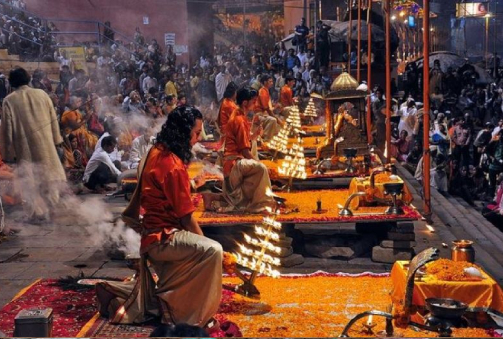
Day 15: Friday, February 13, 2026
Varanasi
This day, you have to get up early, at 5:00 a.m., to take the boat ride. The best part of enjoying the Ganges River is taking a boat ride on it. The Ganges River flows through the city, and there are numerous ghats connecting the river to the mainland. The day for the people of Varanasi who live near the Ganges River begins with a holy dip in the Ganges.
ManikarnikaGhat : One of the most famous, sacred and ancient ghats in Varanasi, Manikarnika is the main burning ghat and one of the most auspicious places for the cremation of a Hindu.
Kashi Vishwanath Temple (Photo stop outside) : Kashi Vishwanath Temple is one of the most famous temples in Varanasi, also known as the Golden Temple dedicated to Lord Shiva.
Walking around the Vishwanath Temple – The Golden Temple area is always a unique experience, as it has always been the most important cultural and financial area of Varanasi.
We return to the hotel for breakfast and time to relax. Then we depart for Sarnath.
Upon arrival, visit the Archaeological Park: – The colossal ruins are located in the same complex as Dhamek Stupa. The excavation sites of Sarnath contain impressive collections of monasteries, stupas, temples, inscriptions, sculptures, and other antiquities dating from the 3rd century BC to the 12th century AD.
Wat Thai Sarnath Temple: – Wat Thai Sarnath Temple was built by Thai dignitaries. Decorated with well-kept gardens, the Thai temple is built in the Thai architectural style.
Silk weaving in Varanasi is an ancient art passed down through generations, famous for the creation of exquisite Banarasi saris. Each piece is hand-woven with silk threads and gold or silver embellishments, a symbol of Indian elegance and tradition.
Meditation and Yoga class in the evening.
Overnight in Varanasi.
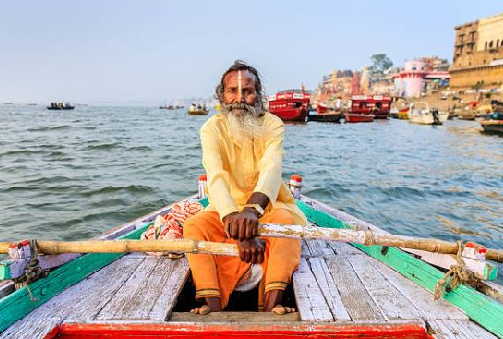
Day 16: Saturday, February 14, 2026
Varanasi-Delhi (1 hour 25 minute flight)
Varanasi-Delhi (By flight)
After breakfast, Departure for Sarnath
Depart for Varanasi airport as per Delhi flight schedule.
Upon arrival in Delhi, we visit the Lotus Temple: – built in 1986 at a total cost of 10 million rupees, it is a Bahai temple also known as the House of Worship and is considered the Mother Temple of the Indian subcontinent.
Upon arrival you will visit
Overnight in Delhi.
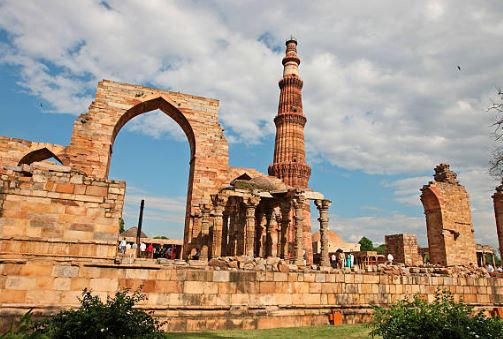
Day 17: Sunday, February 15, 2026
Delhi – Next Destination
After breakfast
Transfer to Delhi airport as per flight schedule.
Ciao India Tours wishes you a pleasant journey.
Inclusions:
- 16 nights in 4-star and Heritage hotels with half board, all taxes included.
- All transfers from the airport/station to the hotel and vice versa as per the program.
- Meet and assist by our representative upon arrival/departure at the airport.
- All transfers by air-conditioned vehicle as per itinerary.
- Dinners in hotels
- Tickets for monuments as per program
- All activities as per the program
- Tour guide throughout the tour
- Rickshaw ride in Old Delhi
- Tour in a tuk tuk in Bikaner
- Safari to Bishnoi Village
- Boat tour in Udaipur
- The Agra to Varanasi train
- The Varanasi-Delhi flight
- Boat ride in Varanasi
- Yoga and meditation class in the evening
- Wi-Fi in the car.
- One bottle of water per person per day.
- All taxes.
- Tolls, parking, fuel, driver accommodation.
Exclusions:
- Visa (25 USD), International flight, Health insurance, Cancellation/modification of flights, trains, All lunches, Alcoholic beverages, Tips (30 EUR), and activities, Personal expenses, Camera etc.
- Tips for drivers, tour guides, waiters, etc.
- Anything not included in the inclusions.
To book this tour, please contact us conveniently via WhatsApp, chat, inquiry form, or email.

We’re at your disposal for any information!

